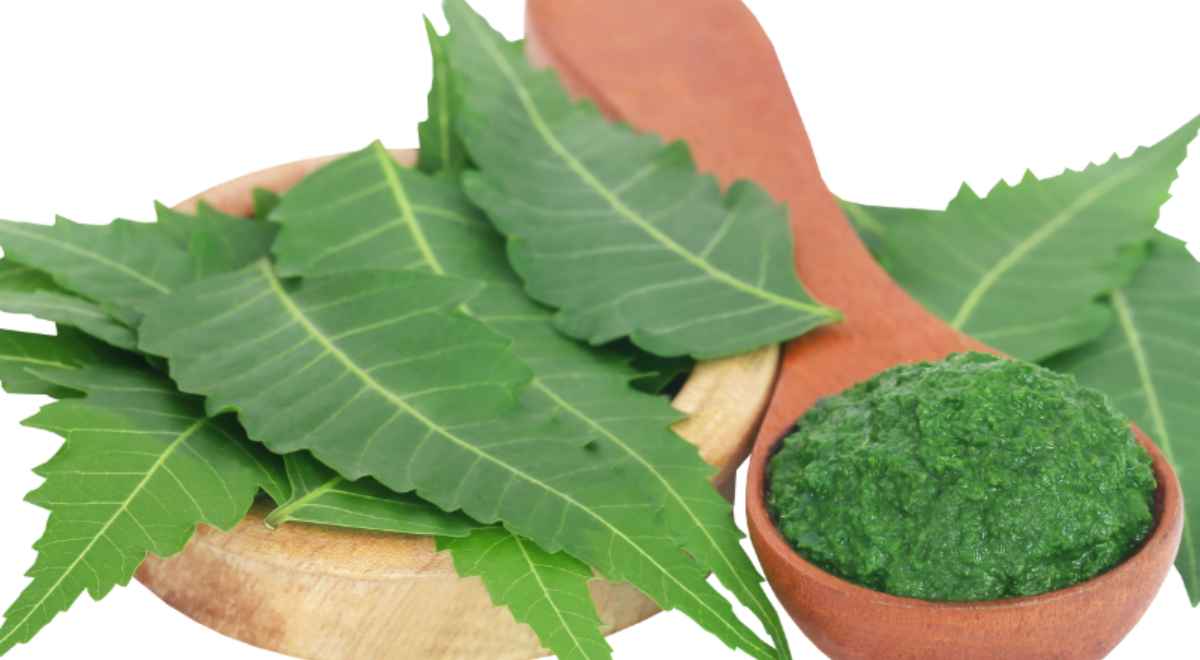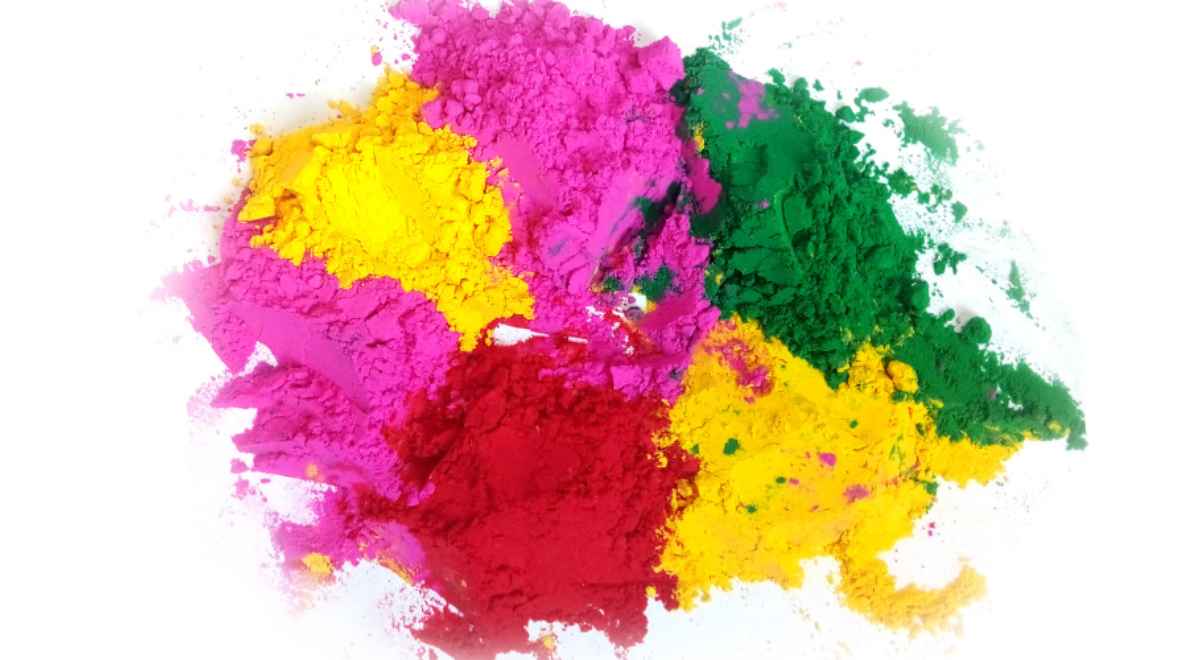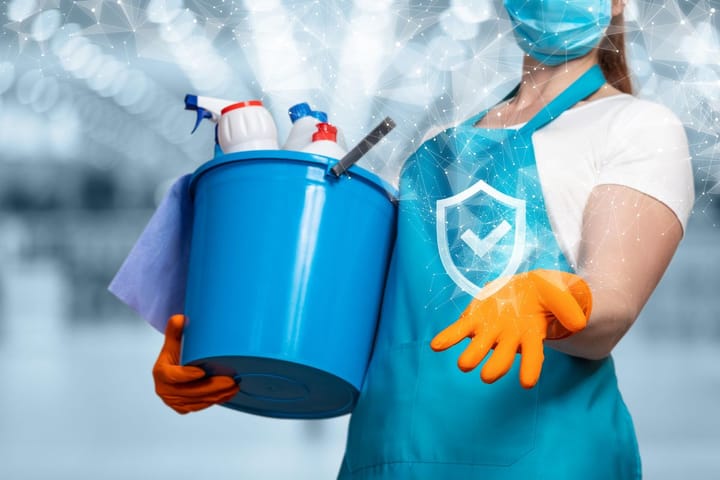The Science Behind Holi: How the Holi Colors are Made
Have you ever wondered what the vibrant Holi colors are made of, and what effects they cause? Read on to know more.

Holi is a festival that literally leaves behind a mark every year. There are mirth-filled festivities, mouth-watering feasts, and most importantly color everywhere (Need help with getting the color off?). People go crazy splashing their friends and family with colors. There’s so much fun in chasing or getting chased by friends while playing the game of Color Hurling.

With Holi just a few hours away, have you wondered what those vibrant colors people hurl and smear each other with are made of? Read on to know more.
The Color Origin Story
Holi has been celebrated since ancient times, and it has been associated with a multitude of legends. Interested in knowing what people used to make Holi colors with back then? They used plant-based colors, yeah. But what plants specifically? Well, here you go.
Though grinding any random leaves you chance upon into a paste might sound like an easy way to make the Green color, it’s actually a bad idea. Because you don’t know what effects those leaves might have on you. That is why traditionally Mehendi, dried Gulmohar leaves, pine needles, or herbs like mint, spinach, and coriander are ground and used either in the powder form or a paste.

The Red color was primarily sourced from Red sandalwood powder, Rose, Madder tree, Crab apple tree barks, Pomegranate, Radish, and Hibiscus flowers. For the color violet, berries, and beetroot were used. Indigo leaves, Blue hibiscus, and Jacaranda flowers were used to make the blue color.

Acacia tree extract, Red maple tree, and Tea or Coffee leaves were used to extract the color brown. As for Yellow, Turmeric is the go-to ingredient, but there are other sources like Marigolds and yellow Chrysanthemums too.
The Current Spectrum
Now you know how colors were made organically, but unfortunately, most of the colors used for Holi these days are far from organic.

Artificial colors are made by mixing dyes with a filler base such as cornstarch. Out in the wild, bright means danger. Usually, living organisms with a bright appearance are poisonous. In the same way, bright and sparkly colors are usually dangerous, they are obtained by mixing harmful chemicals.
The switch to artificial colors happened because of their cost effectiveness, they are considerably cheaper to produce when compared with organic colors. That is why the market is flooded with synthetic colors made out of chemicals like Lead oxide, Diesel, Chromium Iodide, Copper Sulphate, and other metal oxides and industrial dyes. Playing Holi with these colors can cause adverse effects on your health like rashes, irritations, allergies, hair fall, and even Skin cancer.
Unlike Synthetic colors which could prove detrimental to your body, Organic colors not only lack negative effects like them but instead provide beneficial effects to your body. If you are gearing up to play Holi, keep in mind the effects of Synthetic colors, and try to switch to organic colors instead. Interested in knowing the meaning behind the colors? Then check out our Holi and Color Significance blog post.




Comments ()